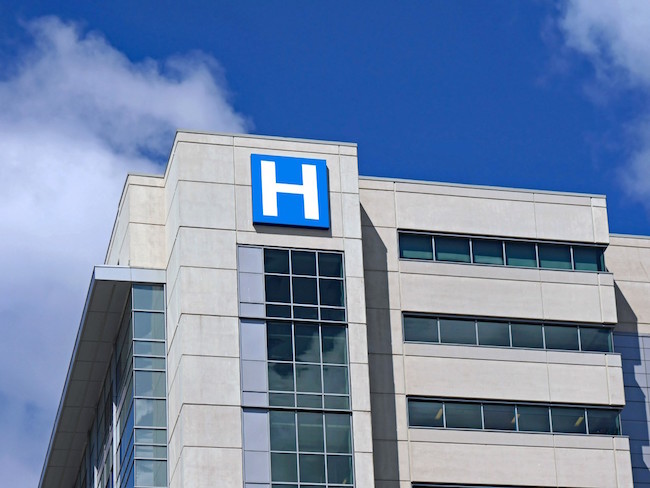
About one third of Ontario’s $265B in infrastructure assets in poor condition: FAO
By Colin Perkel, The Canadian Press
Infrastructure
The report found about one third of the province’s roughly $265 billion in infrastructure assets is in poor shape. PHOTO: Adobe Stock/Spiroview Inc.
TORONTO—Almost half of Ontario’s hospitals are in poor repair, a situation far worse than for the provinces roads, bridges and other infrastructure, the Financial Accountability Office reported Nov. 26.
In all, the report estimates the province owns infrastructure worth about a quarter of a trillion dollars with about one third in bad shape.
“Keeping assets in a state of good repair helps to maximize the benefits of public infrastructure in a cost-effective manner,” the report states.
Remedying the situation won’t come cheap, it says.
The office pegs the cost of needed repairs at $64.5 billion over the next decade — roughly $6.5 billion a year. The figure includes taking five years to address the current repair backlog, then doing the necessary maintenance over the following five years to keep infrastructure up to snuff.
However, according to the report, the province only set aside $47.7 billion for capital repairs over the coming decade in its 2019 budget.
“As a result, the 2019 budget’s capital plan will not adequately address the province’s infrastructure backlog over the next 10 years,” the office said in a statement.
In all, the province owns or controls about $265 billion worth of transit, highways, bridges, hospitals, schools, colleges, government offices, correctional facilities and courthouses. Upkeep, however, has lagged, creating an increasingly costly backlog of repair work.
The backlog, the office said, is pegged at about $16.8 billion this fiscal year. However, expecting a quick fix is unrealistic due to “capacity constraints and the development time required for complex infrastructure projects.”
The report finds that hospitals — under increasing stress because of the COVID-19 pandemic — have fallen further behind relative to other sectors. In total, the province owns 913 buildings with an average age of about 47 years old as well as machinery and equipment such as imaging machines, ventilators and incubators.
“Hospital sector assets represent the largest share of the infrastructure backlog at $4.8 billion, followed by transit ($4.0 billion) and schools ($3.7 billion),” it said.
Highways and bridges are faring the best when it comes to the repair backlog. Transit, on the other hand, is struggling, the report finds.
“Highways and bridges are projected to be the only sector with sufficient funding over the next 10 years,” the report finds. “All other sectors have been allocated inadequate funding, with the most significant shortfall occurring in the transit sector, with a $7.2 billion funding gap.”
Key functions of the independent accountability office are to analyze the province’s finances and keep an eye on trends in the economy.




